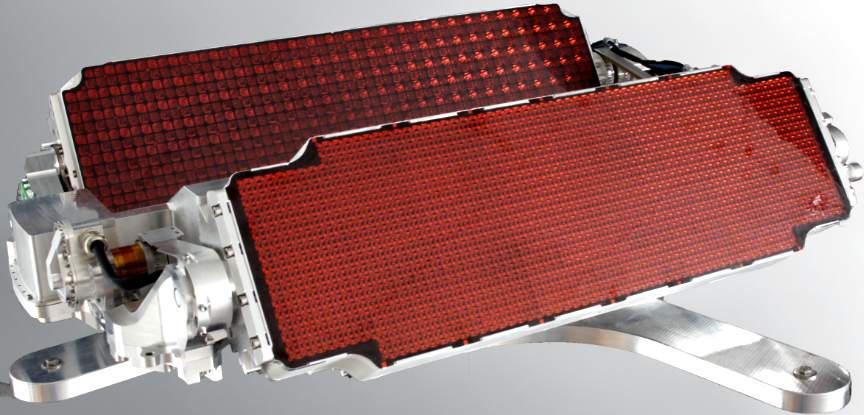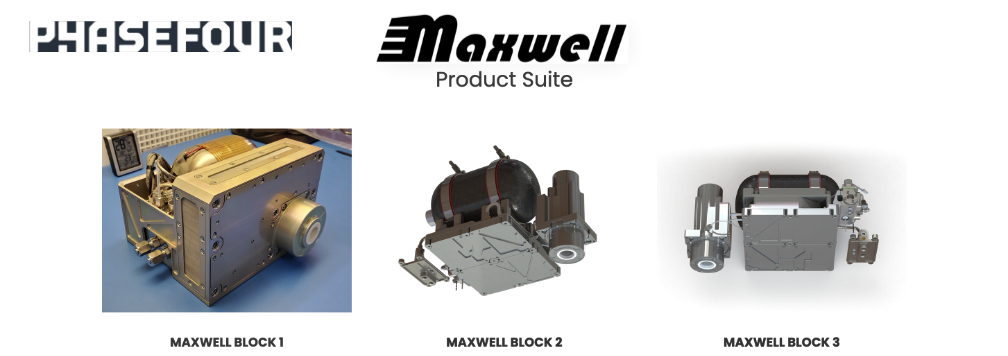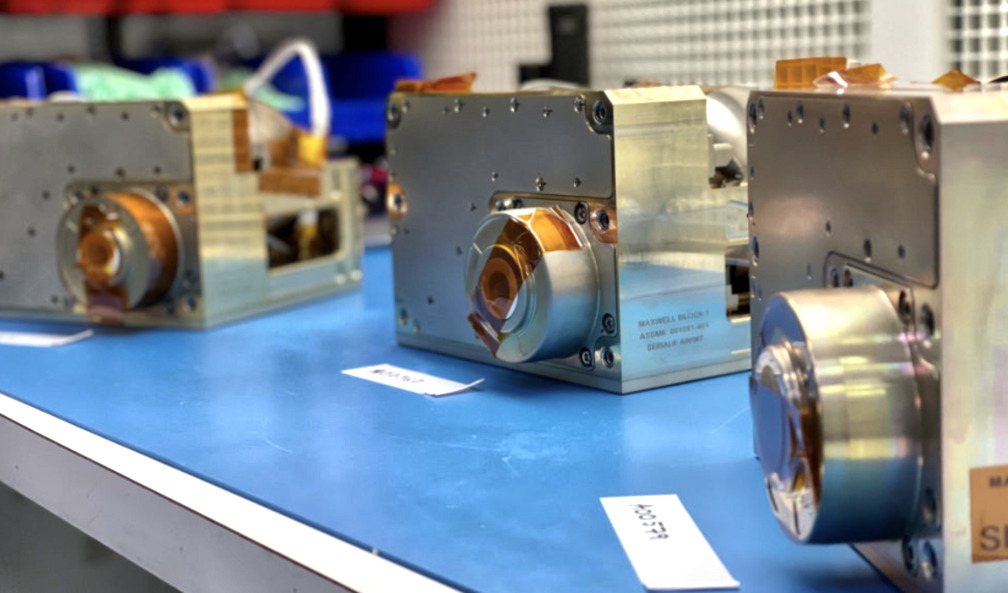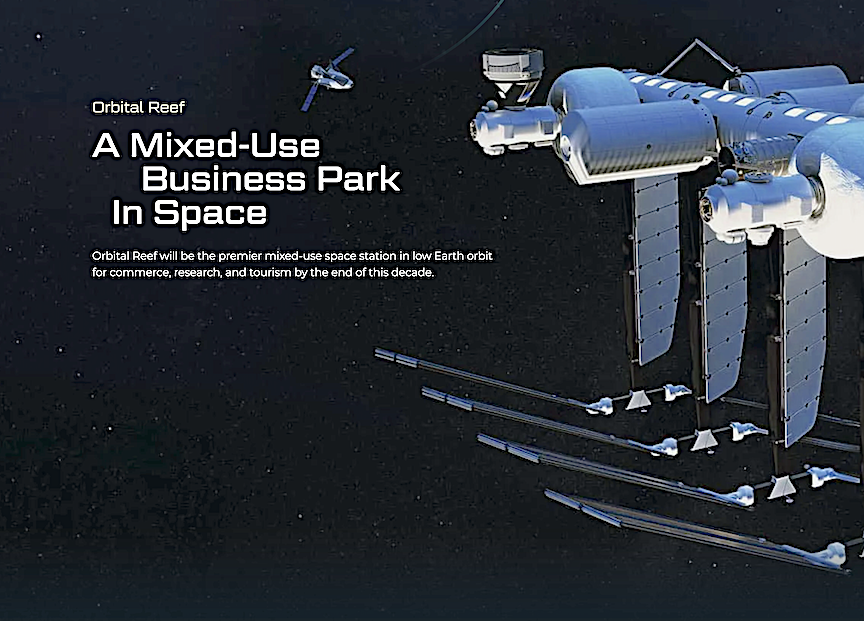
Rivada Space Networks GmbH, a global network company launching a constellation of 600 Low-Earth-Orbit satellites (LEO), has signed a partnership agreement with SpeQtral, an emerging leader in quantum-secure communications systems. Rivada Space’s constellation will enable secure, global connectivity for governments and enterprises
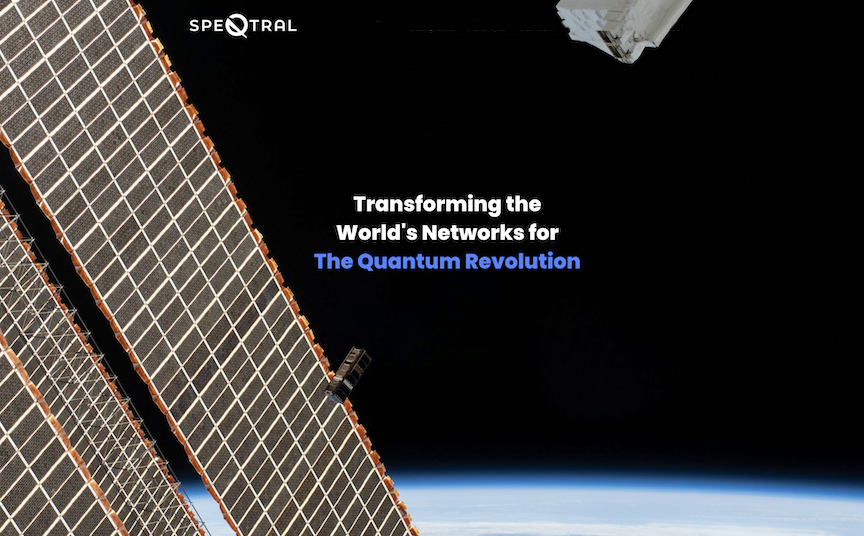
The world is increasingly data-driven, cloud-based and cybersecurity conscious, creating an ever-growing demand to upgrade the networks that transport data around the globe. With the geopolitical and cybersecurity threats of recent months, Rivada Space is increasingly looking to the new Low-Earth-Orbit (LEO) constellations and a fundamentally different network architecture to provide connectivity that meets today’s demands for security, latency, throughput, reach and mobility.
Quantum-secure communications systems and specifically Quantum Key Distribution (QKD) technology are important elements in the development of forthcoming highly secure, satellite-enabled connectivity networks. QKD uses quantum entanglement to distribute encryption keys to secure communications networks. SpeQtral’s QKD technology platform enables the creation and distribution of computationally unhackable encryption keys, by leveraging the laws of physics instead of computational algorithms.

Rivada Space Networks (RSN) is partnering with SpeQtral to demonstrate the technical compatibility of adding a QKD encryption layer to enhance the security of communications over Low-Earth-Orbit (LEO) satellite constellations. In 2024, RSN will start the launch of its 300 satellite laser-connected constellation with four precursor satellites and SpeQtral will launch its QKD satellite, SpeQtral-1. This will allow RSN and SpeQtral to jointly establish quantum-secure data links over the RSN precursor satellites and validate both the space and ground station terminals required for QKD-enabled encrypted traffic on the Rivada Space Networks constellation.
Chune Yang Lum, Co-founder and CEO of SpeQtral, said, “We are delighted to work with international partners to employ SpeQtral-1 for the demonstration of ultra-secure communications, executing on our vision to realise global QKD. We have had strong synergies with our partners thus far and are excited to bring our technology one step closer to enabling telecommunication network providers to incorporate a valued-added quantum security feature to their offering”.
Severin Meister, CEO of Rivada Space Networks GmbH added, “Recent events in Ukraine have demonstrated that we are increasingly reliant on the commercial satellite sector and in particular new satellite constellations to provide high-performance, resilient communications infrastructure. Security is a key attribute of Rivada’s unique gateway-less architecture, and we believe leveraging quantum technology will enable us to deploy the most secure communications network in the world. Meister continued: “Trialing this innovative new technology here in Germany is extremely important for us as we recently joined the EU’s multi-stakeholder Secure Connectivity Programme, and we are excited to add quantum encryption capability to the provision of an independent and secure communications infrastructure for Europe”.



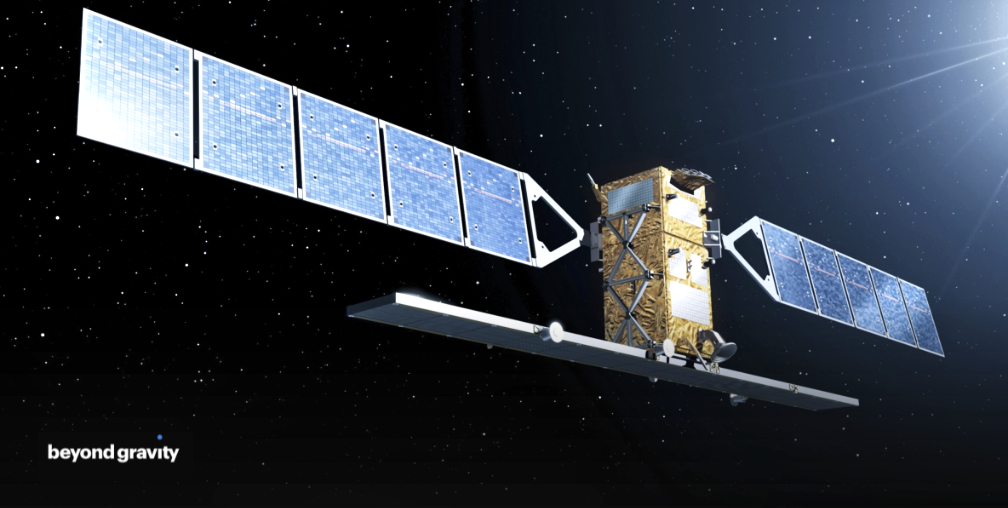
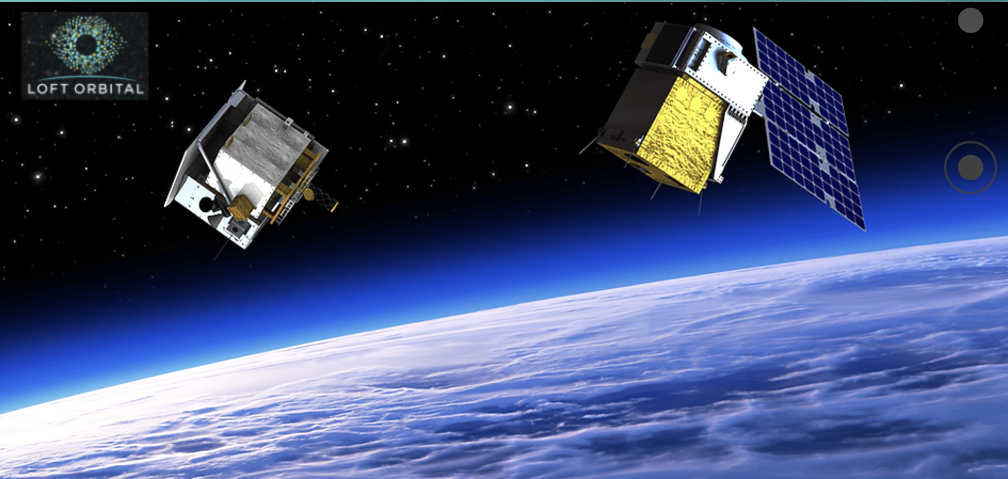
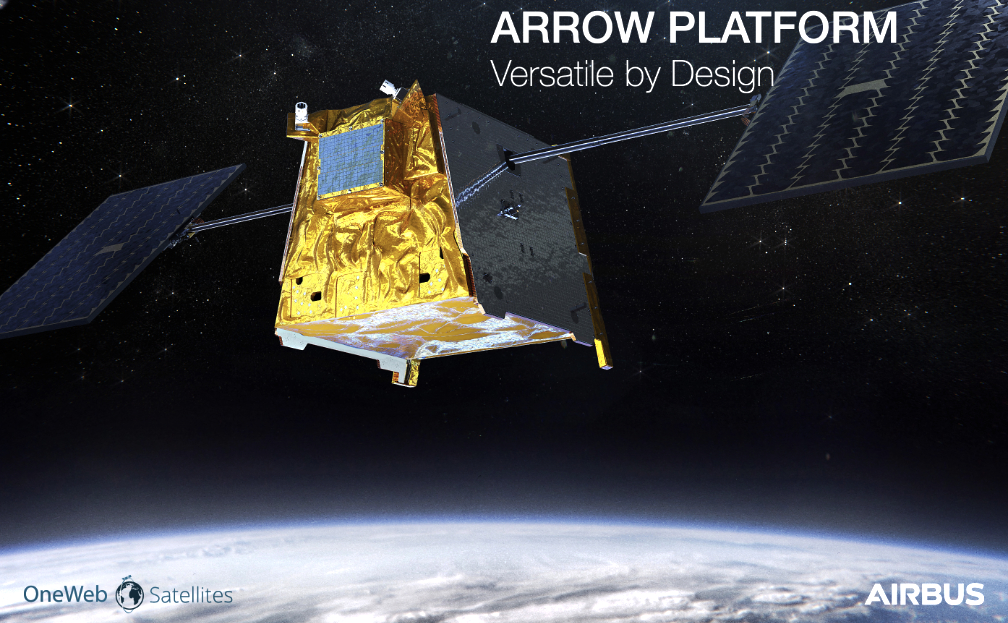
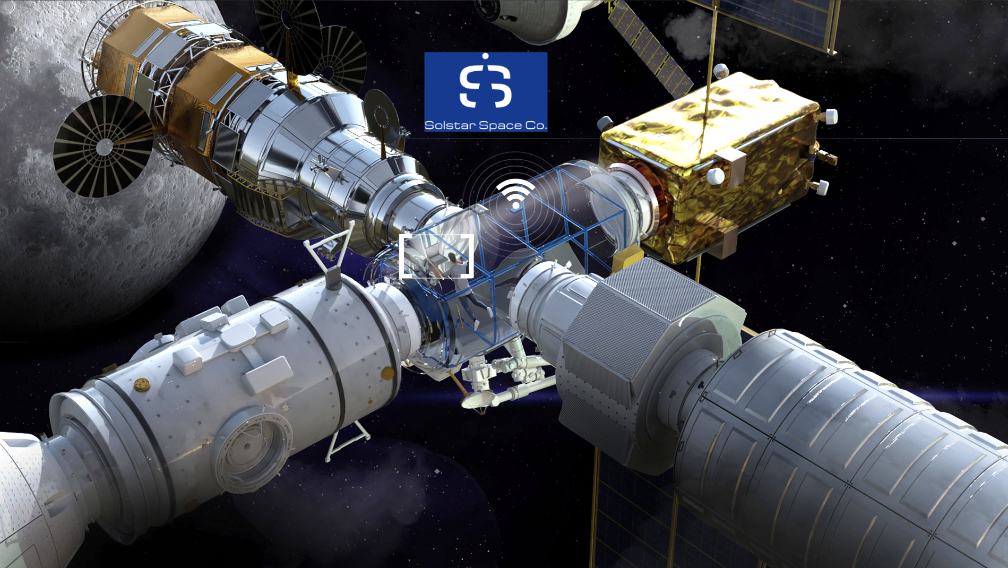


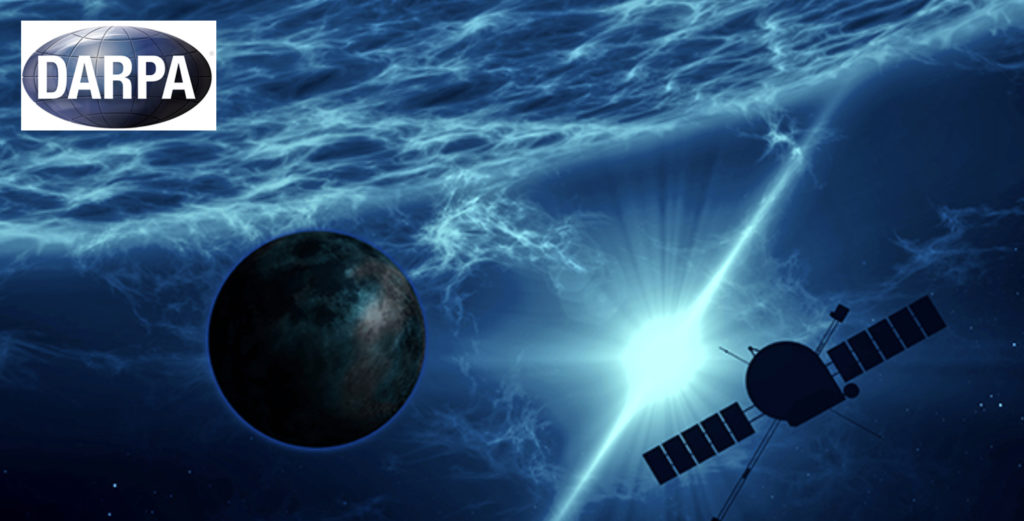
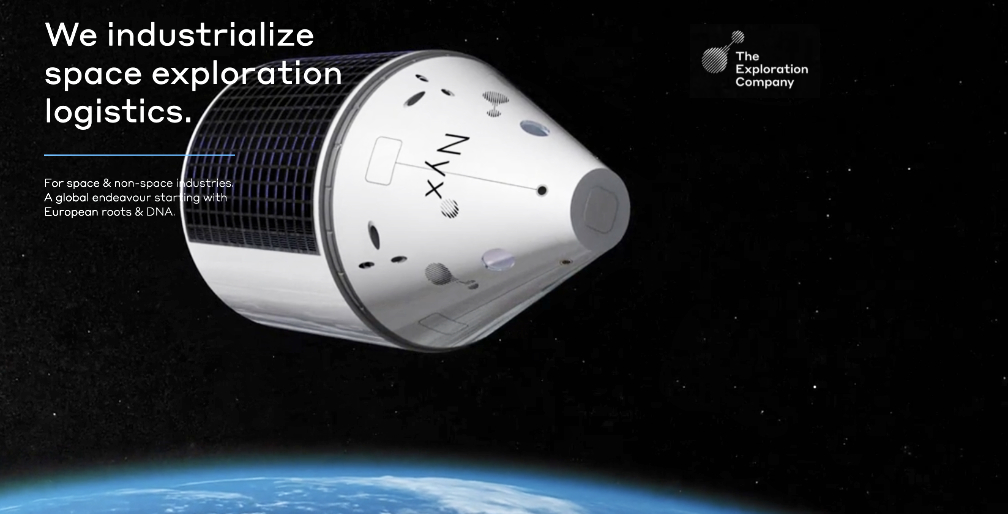
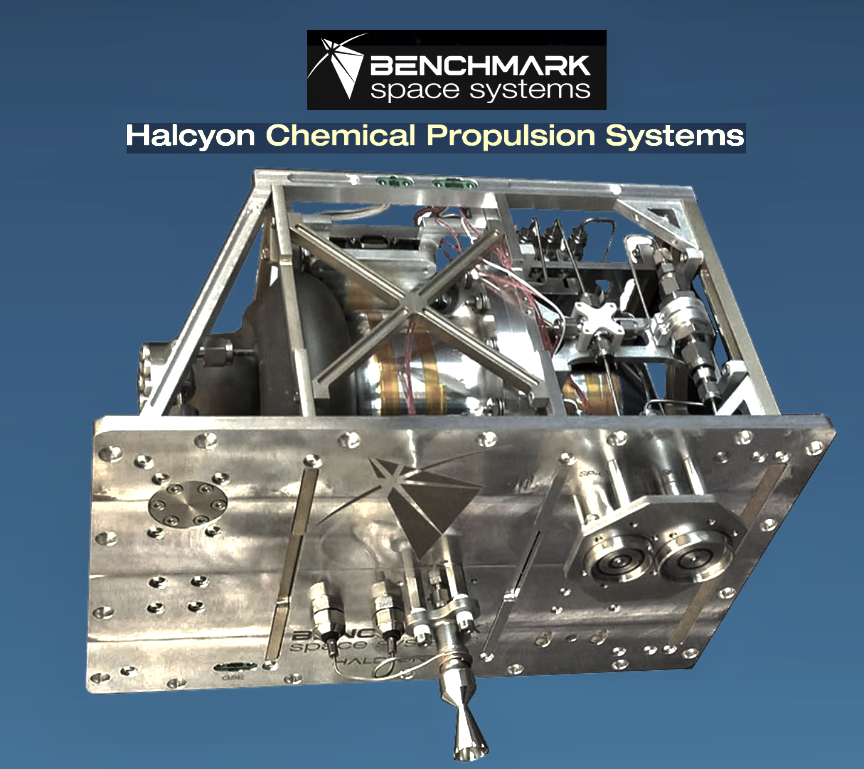


 signal mapping product: VHF and UHF Flex.
signal mapping product: VHF and UHF Flex.


